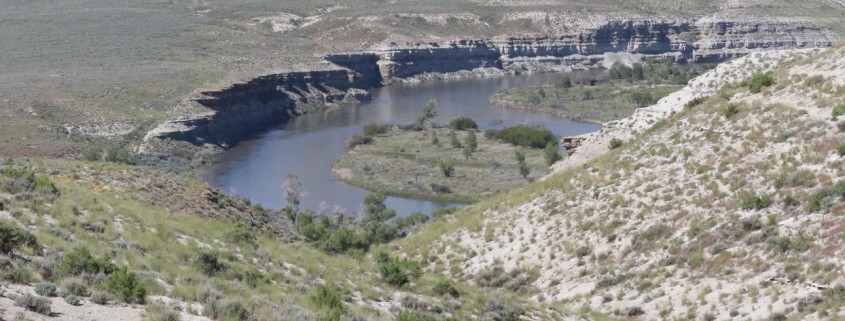Pro MTB Riders Doing it Right: Video
Some great riding in this video. Take a look and let’s focus on three things this rider is doing very well. (and check out the breakdowns and explanations in the text below):
1) The riders head is very calm (The “imaginary Glass of Water” technique)
2) Great line choices (lots after the 1:10 mark)
3) Jumping prowess (beautiful!)
Break downs and explanations:
1) The “Imaginary Glass of Water”
If riders are doing everything correctly on the bike there should be very, very little movement in the head. It should be as if there’s a glass of water on top of the head and not only doesn’t it spill but shouldn’t even slosh around (with very rare exception, of course).
Our head/brain is the control center of our body. Our brain works with the vestibular system in our middle ear and our eyes/vision to provide balance. None of that works well when your melon is bouncing and jarred all over the place. This is Human Movement 101. We get way into it in the camps and coaching sessions. Balance; vision as it relates to balance (vision is a huge component of balance); vision as it relates to trail vision and decision making…..none of this will work well if your head isn’t calm and controlled and moving in a smooth momentum path down the trail.
Of course this “calm glass of water” is also a function of everything else that is going on with your riding technique and the rest of your body: are you using your legs correctly? Your feet? Is your core a stable and balanced platform so that you can be effective and precise with your movements? Are your arms being used correctly or are you using too much upper body in trying to control the bike? There is a ton that goes into this.
If the Glass of Water is calm, that’s a very good sign that the rider is doing everything else pretty well.
2) Line choice
In the video there are many places where the rider is taking lines that are alternate to the main line (lots of good stuff after about 1:10). The main line is formed by the majority of riders and the majority of riders will “micro manage” the trail; we want to “MACRO manage” the trail. The good lines provide smoother momentum paths than the main line and set the rider up better for features down the trail. The good lines are also usually more efficient, meaning less wasted energy.
There is a lot of strategy to proper line choice. Everyone knows that you need to “look ahead” but there’s way more to it than just that.
I like to say riding fast is like “death by paper cuts.” You’ll almost never get huge chunks of time out of your close competition. But you can get a wheel length here, a bike length there, another wheel, another bike, and that add’s up pretty quickly. If you look at downhill race times, the difference in results is often decided by split seconds. On enduro stages (longer than DH race runs) it may be a few seconds. A smart racer who is reading the trail properly will almost always put this type of time into a equally fit and skilled competitor who is simply riding the main line as fast as possible. Add in the saved energy because of the added efficiency of smart line choices and now the competition starts pretty getting ugly.
3) Jumping!!!
There are a ton of places where this rider is lifting, unweighting, jumping the bike. Again, this is all about smooth momentum paths (and generating more momentum: catching backsides of landings, etc), avoiding obstacles, setting up for better lines. Being able to jump well will be a huge asset to your descending. Not being able to jump well and trying to do it anyway will probably result in getting yourself hurt and not really going very fast while doing it.
Almost everyone wants to learn how to jump better. But jumping is at the top of the pyramid, and we have to build the foundation of the pyramid before we can get to the top. Most riders have very little understanding of body position (yes, the “attack position” is a thing but there’s way more to it than just crouching on the bike with your elbows up), weight placement (position is nothing without proper weight placement and when and why), vision (you’re going to hit the deck hard if you start sending stuff without reading the trail properly — and very few riders read the trail properly), and there’s much, much more….this list goes on and on. Yet, riders still want to skip to the jumping part. Jumping well and safely is really about having all the fundamentals super dialed in and automatic.
Proper jumping takes time. But you’ll never get there if you don’t understand the rest of the pyramid first.
All of the above skills can be broken down to there simplest movements.



Leave a Reply
Want to join the discussion?Feel free to contribute!